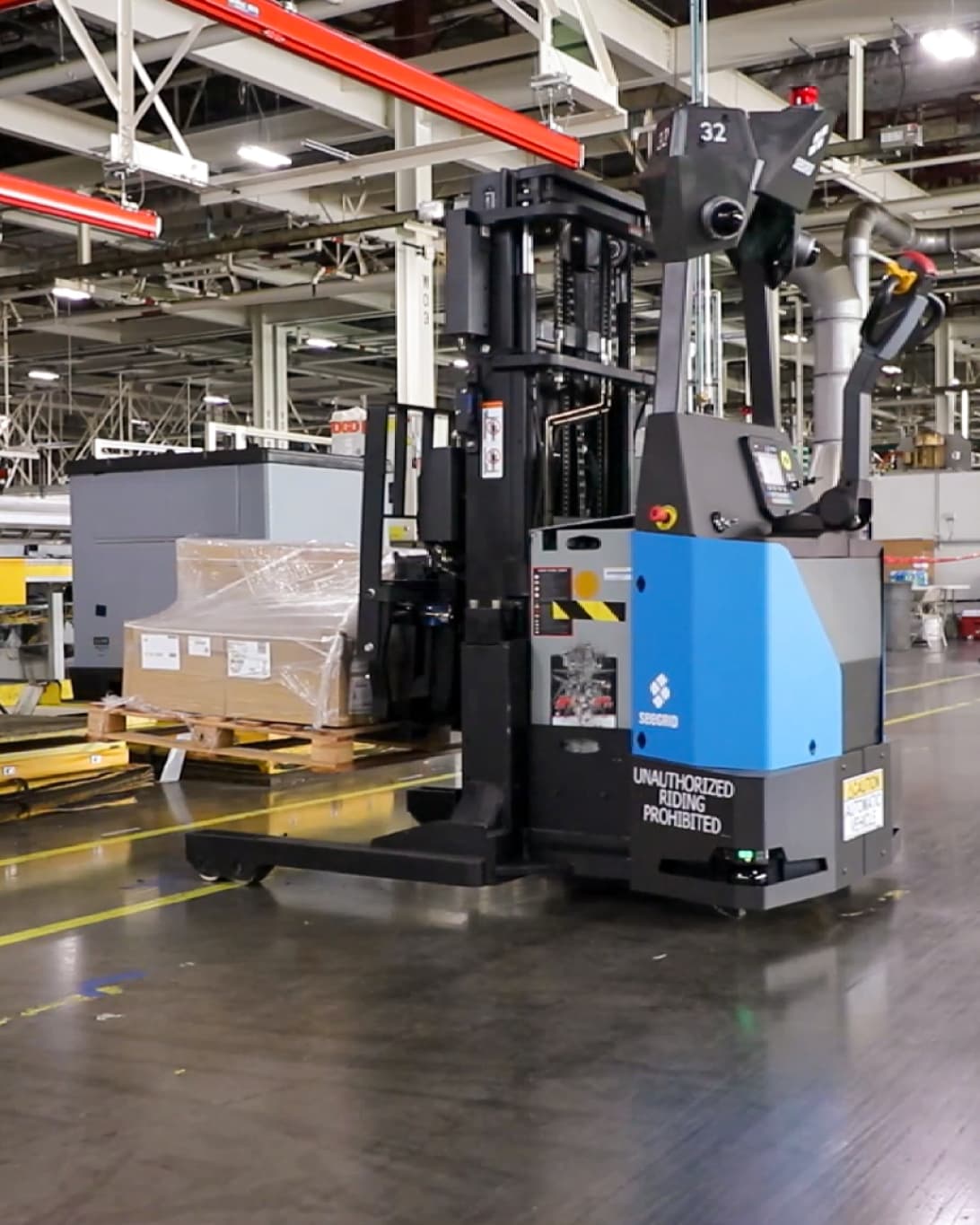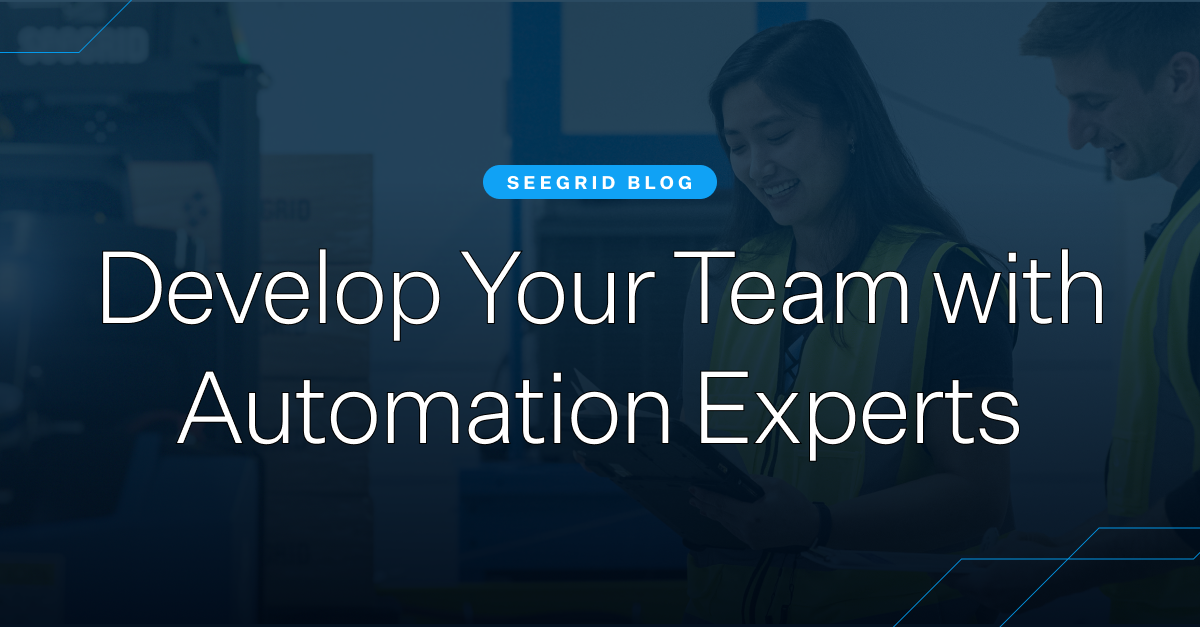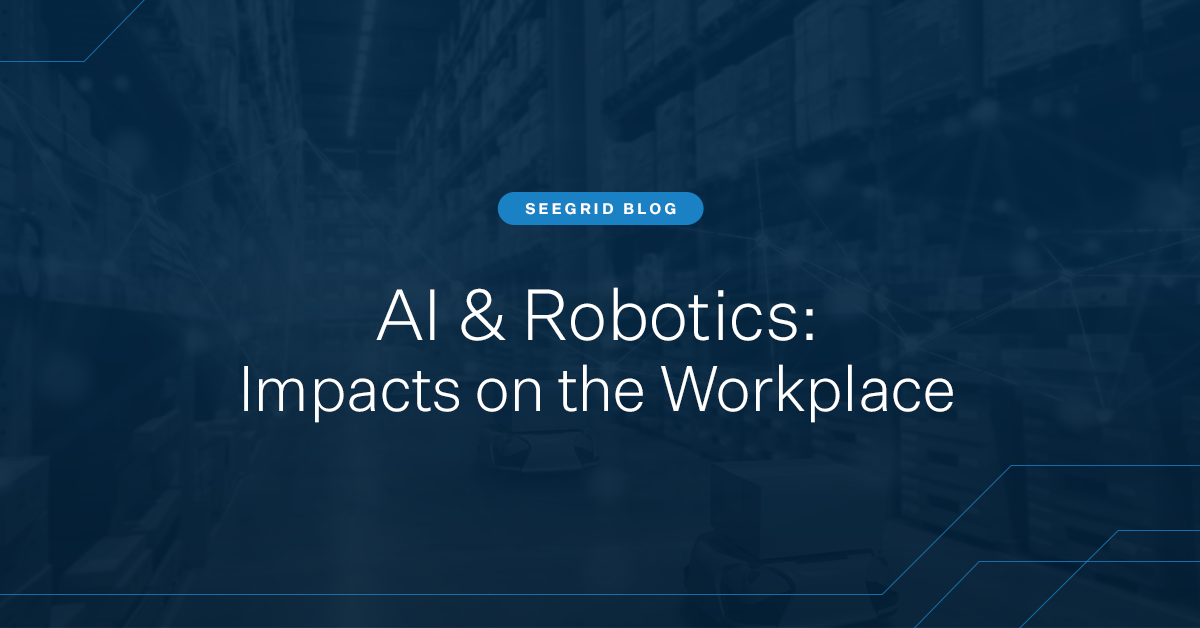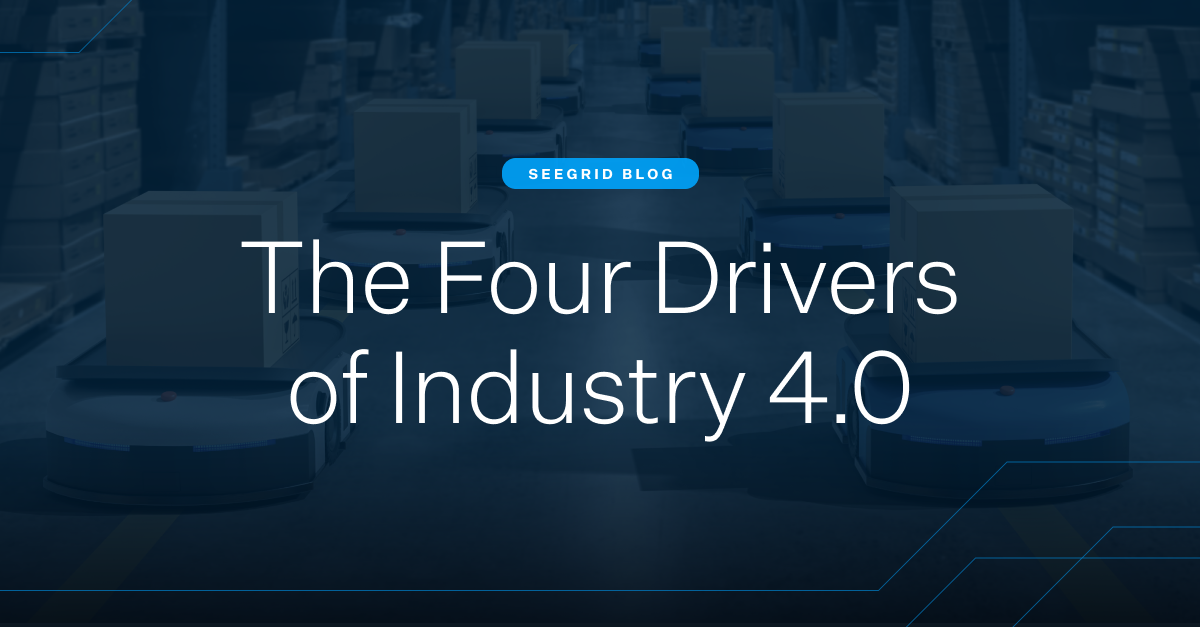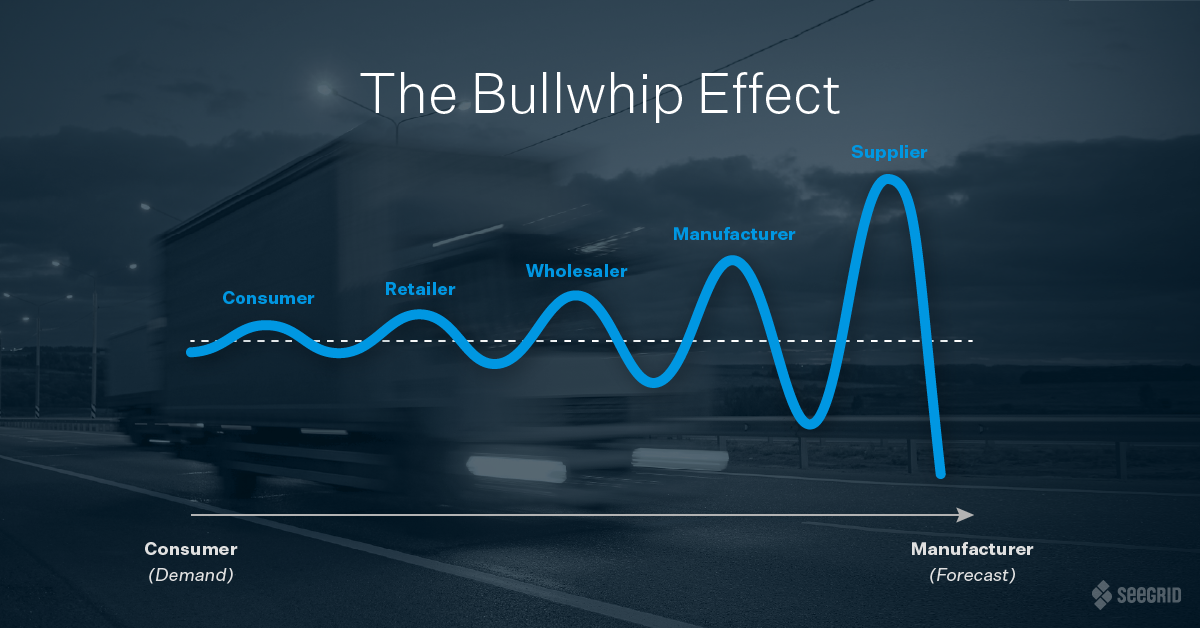Let’s face it—change is hard. As creatures of habit, we take comfort in the routine. Change can quickly jolt us from our comfort zone, manifesting uncertainty that can derail positive momentum. However, when embraced correctly, change can propel progress and potential to new heights.
In a manufacturing plant, logistics facility, or distribution center, implementing new technologies, like autonomous mobile robots (AMRs) or automated guided vehicles (AGVs), brings on changes to workflows, processes, and procedures. It is important that the human workforce feels comfortable and confident working alongside and collaborating with the automation technology as they adjust to their new processes.
Facility managers should aim to minimize the discomforts of change to gain acceptance from the human workers and maximize the value of the automation investment. Further, managers need to ensure that operators remain confident throughout the entire automation journey. The most effective way is through one word: understanding. With structural support and enablement, offering education, training, and information, you can empower employees to achieve greater levels of success.
There are several benefits to developing a knowledgeable workforce. Here are three advantages you can gain by ensuring your employees have the information they need to drive results.
1. Increase Adoption and Knowledge to Accelerate Your Industrial Automation Success
To effectively achieve your automation goals, employees must utilize the automation technologies correctly. With their day-to-day workflows changing, it’s normal for employees to initially resist new processes. People like to do things the way they are used to doing them.
To overcome this, empower your employees to understand, use, embrace, maintain, and manage the technology. When facilities provide quick and easy access to the right information, training, resources, and reinforcement to help the employees get up and running, the rate of adoption and overall support for the technology accelerates.
Provide information that is relevant to the employee’s application, and ensure that they can easily understand why the technology was implemented, how to properly use and maintain the technology, and how it can positively benefit them in their role. Confidence can create a sense of ownership and establish trust. Ensure that operators have access to the information they need, when they need it, with straight-forward, centralized resources and support.
People want to be part of a successful, winning team. Leverage an AMR vendor who provides services, such as on-site training, self-led educational resources, on-demand knowledge portals, and continued support to help employees become more skilled, involved, and focused. Developing a confident, knowledgeable team will fast-track your automation success for a faster return on investment.
2. Elevate Productivity and Evolve to Grow
As your workforce begins using the AMR technology effectively, you will quickly see major improvements in your performance metrics, including reduced costs, improved safety, boosted throughput, and improved worker productivity. But it doesn’t have to stop there.
Employees can become material handling automation experts by sharpening their skills and expanding their knowledge to safely operate, maintain, and manage their AMR fleet. After learning how to use the technologies, then they can identify, recommend, and put automation solutions into action based on their new skillset and first-hand knowledge of your business priorities and goals.
For example, employees can learn how to utilize AMR fleet analytics software, like Fleet Geek®, applying their competency in the mobile robot fleet and leveraging actionable insights from the software platform to continue advancing. When companies establish an environment where teaching and learning are embraced, facilities will continuously improve, driving safety, efficiency, and growth even further.
3. Empower Teams for Operational Agility
When teams have the ability to access the information they need, when they need it, and at a pace and format that complements individual learning styles, knowledge becomes a support system for both employee development and operational agility.
Levels of expertise will vary across a material handling facility, which is why it’s important to provide a wide range of educational resources. For example, new employees can easily be brought up to speed with introductory, on-demand training courses. More experienced employees who are already collaborating with mobile robots can quickly find and implement a solution when faced with a new challenge, ensuring that production doesn’t get disrupted. Advanced users can discover new ways to optimize workflows by accessing on-demand, interactive learning modules specifically focused on interpreting fleet data.
Other team members may prefer to self-serve to find answers to their questions. A knowledge base, like Seegrid Help Center, offers immediate responses to a variety of questions, sourced from the combined expertise of Seegrid engineers, service, and support teams. With the ability to access a centralized resource center of information, your team can tap into automation expert tips, tricks, and best practices that are accurate and easy-to-understand—around the clock. When teams have the flexibility to access resources, they, in turn, become a more agile team that is armed to overcome any operational hurdles.
Create a Winning Automation Team for Fast-Tracked Success
Seegrid understands that automation is paramount to productivity and growth, and that success with technology initiatives comes from building a confident workforce. Knowing that humans play a huge factor in enabling success with mobile automation technology, we offer a number of ways to ensure our customers have teams that are confident and capable from day one. During deployment, our implementation specialists work alongside your employees, providing them with the information, hands-on training, and support they need to feel comfortable and confident working alongside the robots and managing their AMR fleet.
Once up and running, your teams have access to Seegrid Learning, an extensive selection of courses and materials that provide customers with critical knowledge about the use, performance, and maintenance of Seegrid Palion™ AMRs to streamline adoption and ensure ongoing optimal fleet management. Seegrid customers have 24/7 access to our robust online training portal—a user-friendly centralized library that contains Seegrid Learning courses, materials, and resources to help you and your company benefit quickly from the use of your Seegrid mobile automation solutions.
We know questions come up, so we’re ready to help in many ways. In addition to our dedicated support team—committed to rapid responses to inbound inquiries—Seegrid also offers customers self-service assistance through Seegrid Help Center. Seegrid Help Center enables self-service access to timely, relevant, and expertly sourced information on the use, maintenance, and management of Seegrid Palion AMRs and Fleet Central™ enterprise software solutions. The user-friendly, online knowledge base is available 24/7, and helps customers quickly identify, troubleshoot, and resolve issues to optimize your entire team’s ability to move material safely and efficiently with Seegrid mobile automation solutions.
Power your facility with a confident, knowledgeable workforce by partnering with an AMR provider that offers the right resources and tools. Educational support can facilitate employee adoption of the technology, create a skilled workforce of automation experts to drive continuous improvement, and help you create operational agility to achieve both short-term and long-term goals. Ensure that your workforce is confident in using and maintaining the automation technology to maximize your investment and streamline for even stronger performance in the future.
Infographic: Mapping the Route to Automation Success
Download this infographic to learn how you can drive efficiency with AMRs and data analytics to achieve day-to-day goals as well as long-term initiatives.
